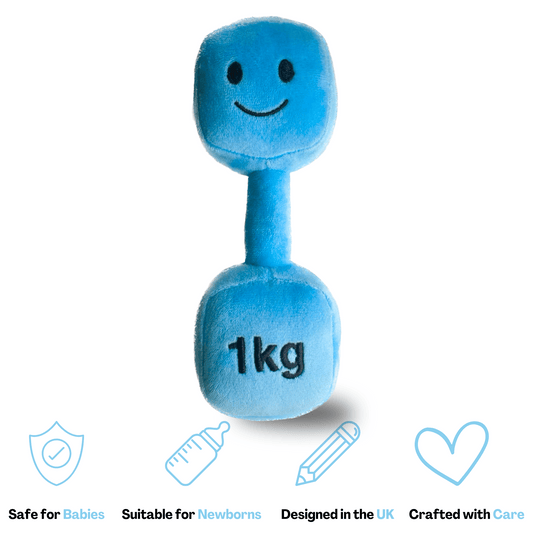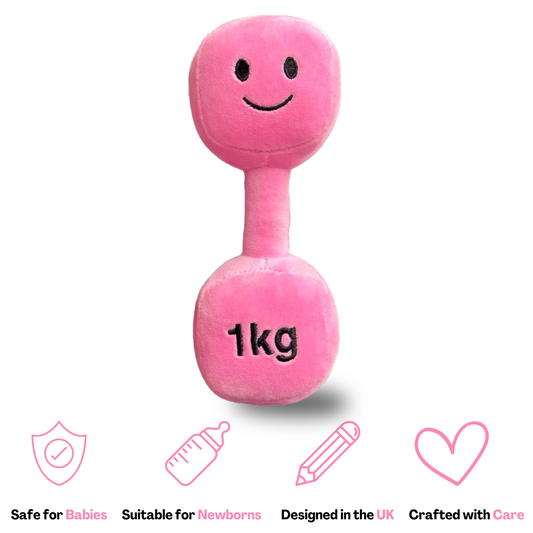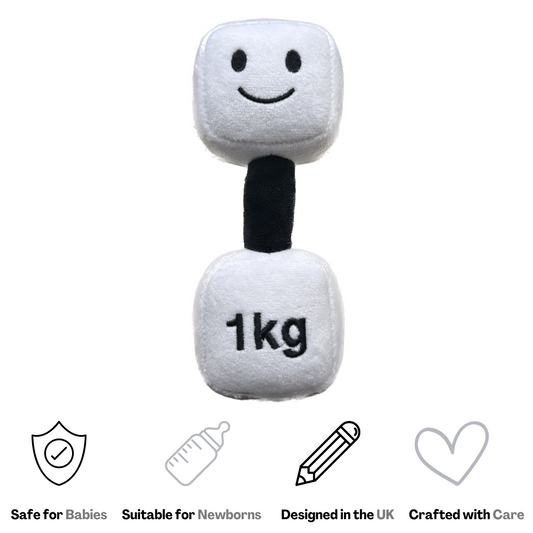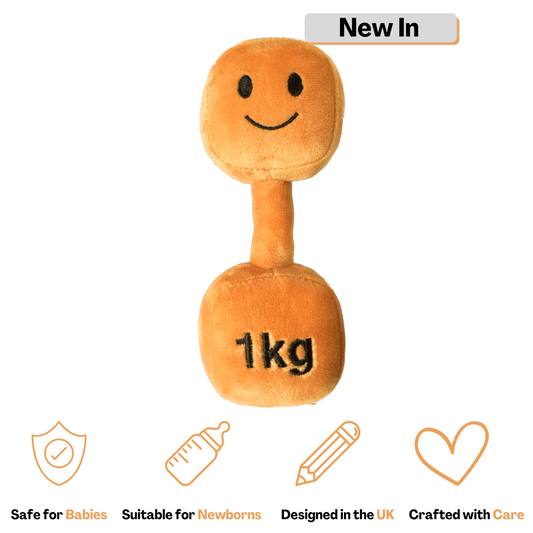Watching your baby hit milestones like crawling is one of the most exciting moments for any parent! Crawling isn’t just about movement — it’s a vital stage in building strength, coordination, and fine motor skills. In this guide, we’ll share 10 practical, parent-approved tips to help your baby start crawling, all while keeping playtime safe, fun, and full of encouragement.
Research from Michigan State University highlights that crawling “provides numerous benefits to a child’s brain and future motor skills.” Whether you’re in the early tummy time stage or your little one is already scooting around, these tips will help you confidently support their crawling journey.”
1. Make Tummy Time a Daily Habit
Tummy time is the foundation for helping your baby crawl. Placing your baby on their stomach for short, supervised sessions helps build the neck, back, and shoulder muscles they’ll need for crawling. Start with just a few minutes a couple of times a day and gradually increase the duration as your baby gets stronger.
You can make tummy time more engaging by lying down face-to-face with them, placing a baby-safe mirror nearby, or using a soft sensory toy (like our plush baby dumbbell toy) to encourage them to lift their head and reach forward.
2. Give Them Plenty of Floor Time
The more time your baby spends on the floor, the more opportunities they have to practise the movements that lead to crawling. Aim for short, frequent play sessions on a clean, safe surface.
Let them roll, wriggle, and explore — every kick and shuffle helps build the muscles they’ll soon use to move forward. Floor time also boosts their confidence in moving their own body, which is key before those first crawling steps.
3. Try Different Textures Under Their Hands and Knees
Babies learn a lot through touch, so offering different textures under their hands and knees can make crawling more interesting. Soft rugs, foam mats, and even a smooth wooden floor all provide new sensations for them to explore.
“Babies learn a lot through touch, so offering different textures under their hands and knees can make crawling more interesting. “Crawling allows each baby to experience different textures as they change surfaces… forming the foundation of our sensory processing.” (Kinetic Edge Physical Therapy)
4. Encourage Reaching and Pivoting
Place interesting toys or objects in a semi-circle around your baby while they’re on their tummy or sitting. This encourages them to shift their weight, twist their torso, and reach in different directions — all essential pre-crawling skills.
Pivoting and reaching strengthen core muscles, improve balance, and help babies learn how to transition between positions. It’s also a fun way for them to explore their surroundings while building the coordination they’ll need for crawling.
5. Use Toys to Lure Them Forward
Similar to Tip 4, toys can be a powerful motivator — but this time, place them just out of your baby’s reach to encourage forward movement. Start close enough that they feel they can get it, then gradually increase the distance as they gain confidence.
This gentle challenge inspires babies to push up, shift their weight, and attempt those first crawling motions. It turns practice into play, keeping them engaged and determined to reach their goal.
💡 Choose toys that light up, make sounds, or have interesting textures to grab their attention.
6. Encourage Crawling Through Obstacles
Once your baby is confidently moving forward, add a bit of fun by creating a mini obstacle course. Soft pillows, rolled-up blankets, or a play tunnel can encourage them to lift their arms and legs higher, improving strength and coordination.
The variety keeps things interesting and helps them practise adjusting their movements — a skill that’s key for real-world crawling over different surfaces and around objects.
7. Dress for Movement
Just like adults need the right gear for a workout, babies need clothing that lets them move freely. Avoid overly bulky outfits or slippery fabrics that can make crawling harder. Soft, flexible clothing, like cotton bodysuits, aer perfect and gives them the comfort and range of motion they need.
Our Hazza Toyz baby bodysuits are designed with this in mind. Super-soft, breathable, and perfect for everything from tummy time to crawling practice. Plus, they are absolutely adorable!
8. Encourage Movement Through Play
Make it a game! Babies learn best when they’re having fun. Instead of just placing them on the floor and hoping they crawl, make it a game.
Place a favourite toy just out of reach and cheer them on as they shuffle towards it. You can also get down on the floor with them. Babies love to mimic, so crawling alongside them can spark their curiosity.
9. Create a Safe Crawling Zone
Once your little one starts moving, nothing in your home is off-limits in their eyes. Clear a space where they can practice without hazards — think soft mats, no sharp corners, and furniture that won’t topple. Baby gates can help keep them away from stairs or rooms that aren’t baby-proofed.
A dedicated crawling area not only keeps them safe but also gives them the confidence to explore freely, which can speed up their progress.
10. Celebrate Every Milestone
Every wiggle, shuffle, and attempt to move forward is a win. Cheer them on, clap, smile, and let them see how proud you are. Positive reinforcement not only boosts their confidence but also makes the crawling journey a joyful experience for you both.
Remember, every baby develops at their own pace — so enjoy the process rather than rushing it.
You’ve made it!
Now you’re armed with 10 fantastic tips to help your baby on their crawling journey — supporting their growth, confidence, and those all-important first moves.
Want to find out more? Check out our blog Development Comparison: Why It’s Not Helpful & What to do for a reassuring perspective and practical tips!

FAQs About Helping Your Baby Crawl
1. At what age do babies usually start crawling?
Most babies start crawling between 6 and 10 months, but every child develops at their own pace. Some may skip crawling altogether and move straight to walking — and that’s perfectly normal.
2. Should I be worried if my baby isn’t crawling yet?
Not necessarily. If your baby is reaching other milestones like sitting up, rolling over, or pulling to stand, they’re still developing strength and coordination. If you’re concerned, speak to your health visitor or GP.
3. Is tummy time really that important?
Yes! Tummy time helps build the muscles in your baby’s neck, shoulders, arms, and core — all essential for crawling and later walking.






